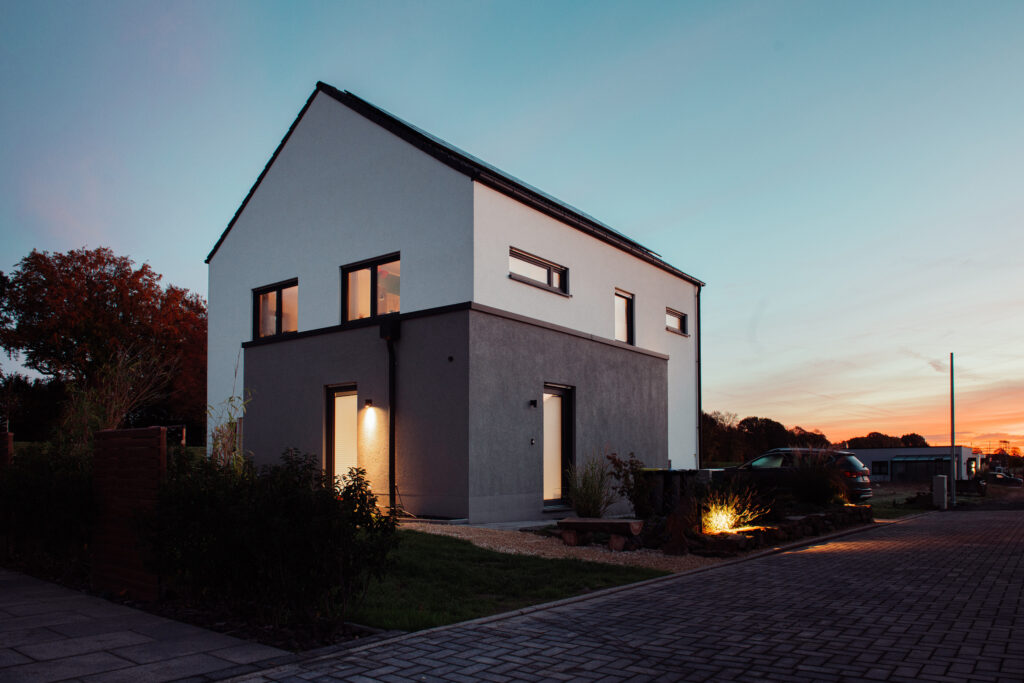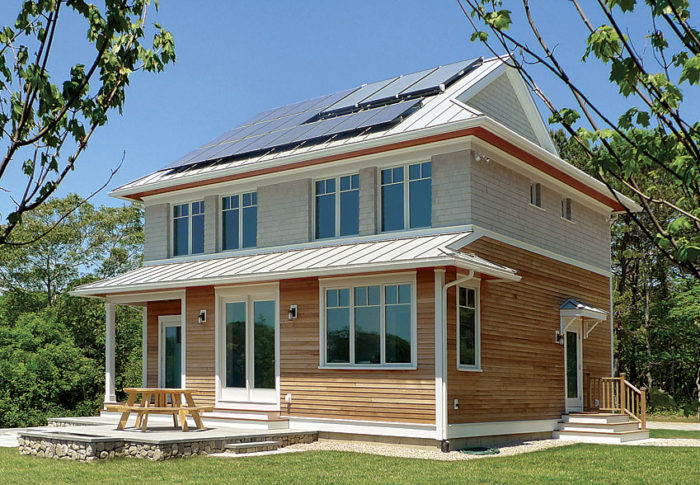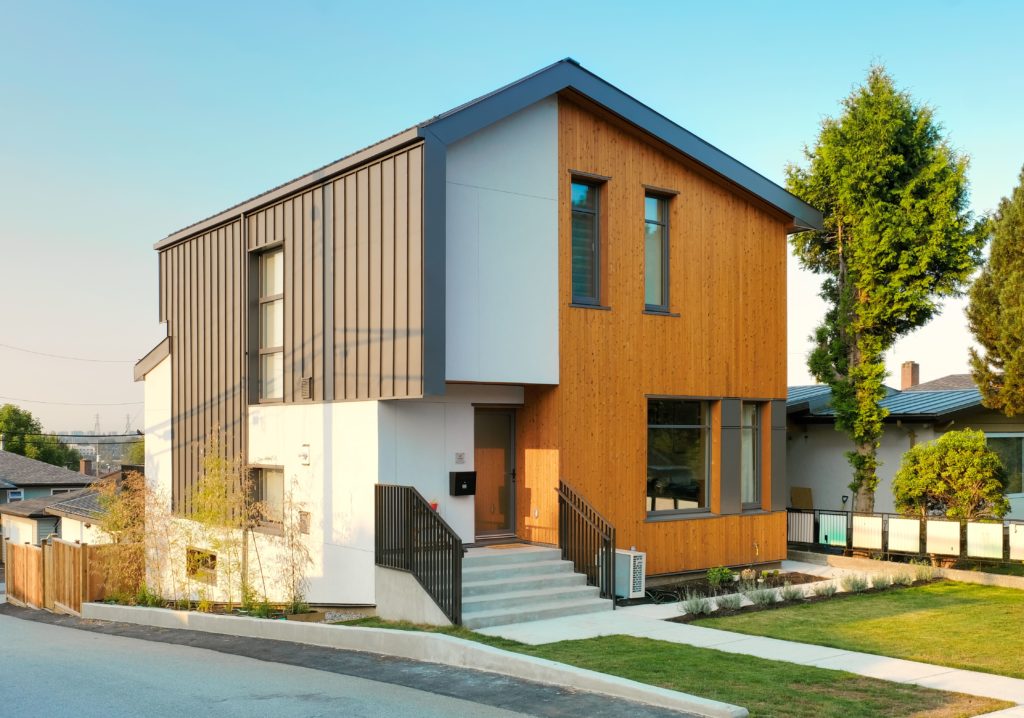As the world becomes increasingly aware of the need for energy efficiency, the concept of hybrid ventilation in passive houses is gaining traction. This guide will delve into the intricacies of this modern architectural approach, shedding light on its benefits and how it contributes to sustainable living.
With the right strategies, a passive house can significantly reduce energy consumption without compromising comfort. One of these strategies is hybrid ventilation, a system that combines natural and mechanical ventilation to optimize indoor air quality and thermal comfort. Let’s explore this fascinating topic further.
Before diving into the details of hybrid ventilation, let’s first understand the concept of a passive house. A passive house is a building standard that is truly energy efficient, comfortable, affordable and ecological at the same time. For more information on this, you might find our guide on designing for energy balance useful.
The Mechanics of Hybrid Ventilation
Hybrid ventilation, also known as mixed-mode ventilation, leverages both natural and mechanical ventilation based on external and internal conditions. It utilizes natural forces like wind and buoyancy when conditions are favorable and switches to mechanical ventilation when needed.
Benefits of Hybrid Ventilation
Hybrid ventilation offers several advantages, including improved indoor air quality, enhanced thermal comfort, and significant energy savings. It also allows for better control of the indoor environment compared to purely natural or mechanical systems. For a deeper understanding of energy-efficient designs, you can check out these passive design strategies for efficient building design.
Implementing Hybrid Ventilation in Your Passive House
Implementing hybrid ventilation in a passive house requires careful planning and design. Factors such as the local climate, building orientation, window placement, and insulation must be taken into account. It’s also crucial to use the right equipment to monitor and control the ventilation system.
To help you achieve optimal hybrid ventilation, consider investing in a solar monitor air mix flow. This device can help you track and regulate air flow in your home, ensuring a comfortable and energy-efficient living environment.
Furthermore, to hit low energy targets, you might want to consider using a portable solar generator. This can supplement your energy needs and further reduce your reliance on grid electricity.
In conclusion, hybrid ventilation in passive houses presents a viable solution for those seeking to live sustainably without sacrificing comfort. With careful planning and the right tools, you can enjoy the benefits of this innovative approach to home design.






